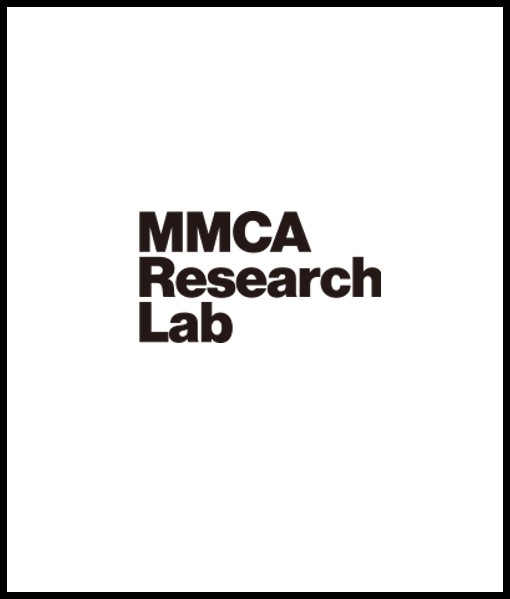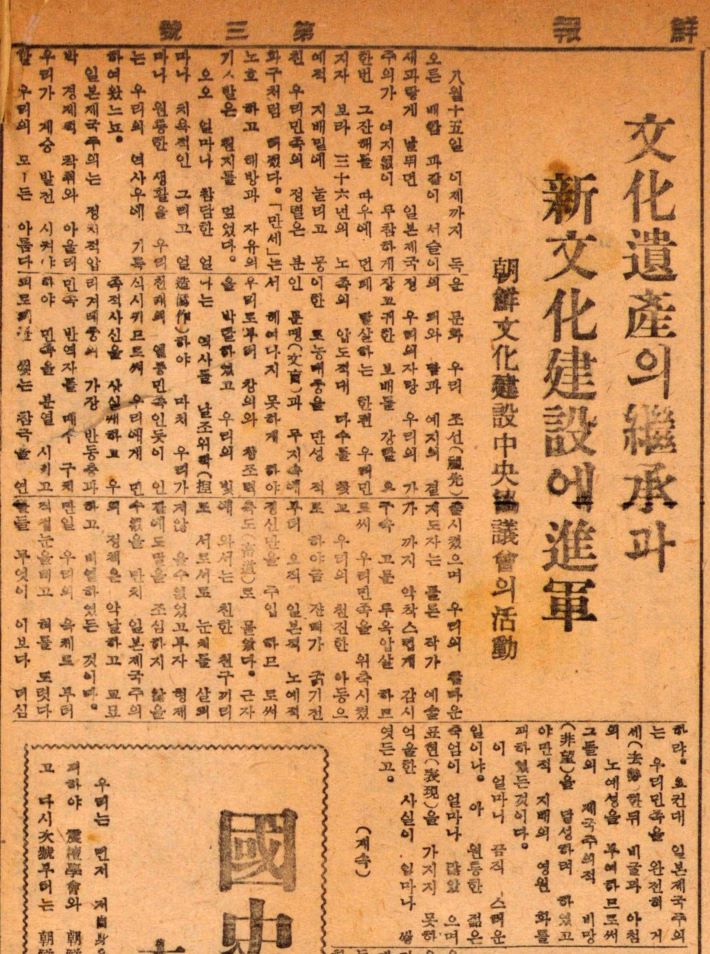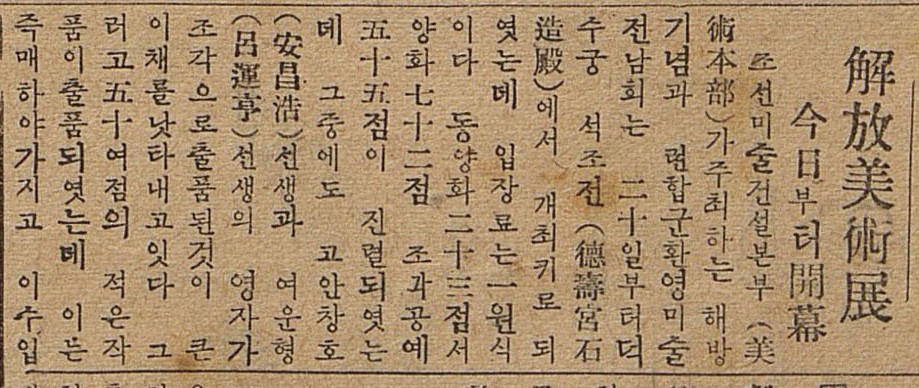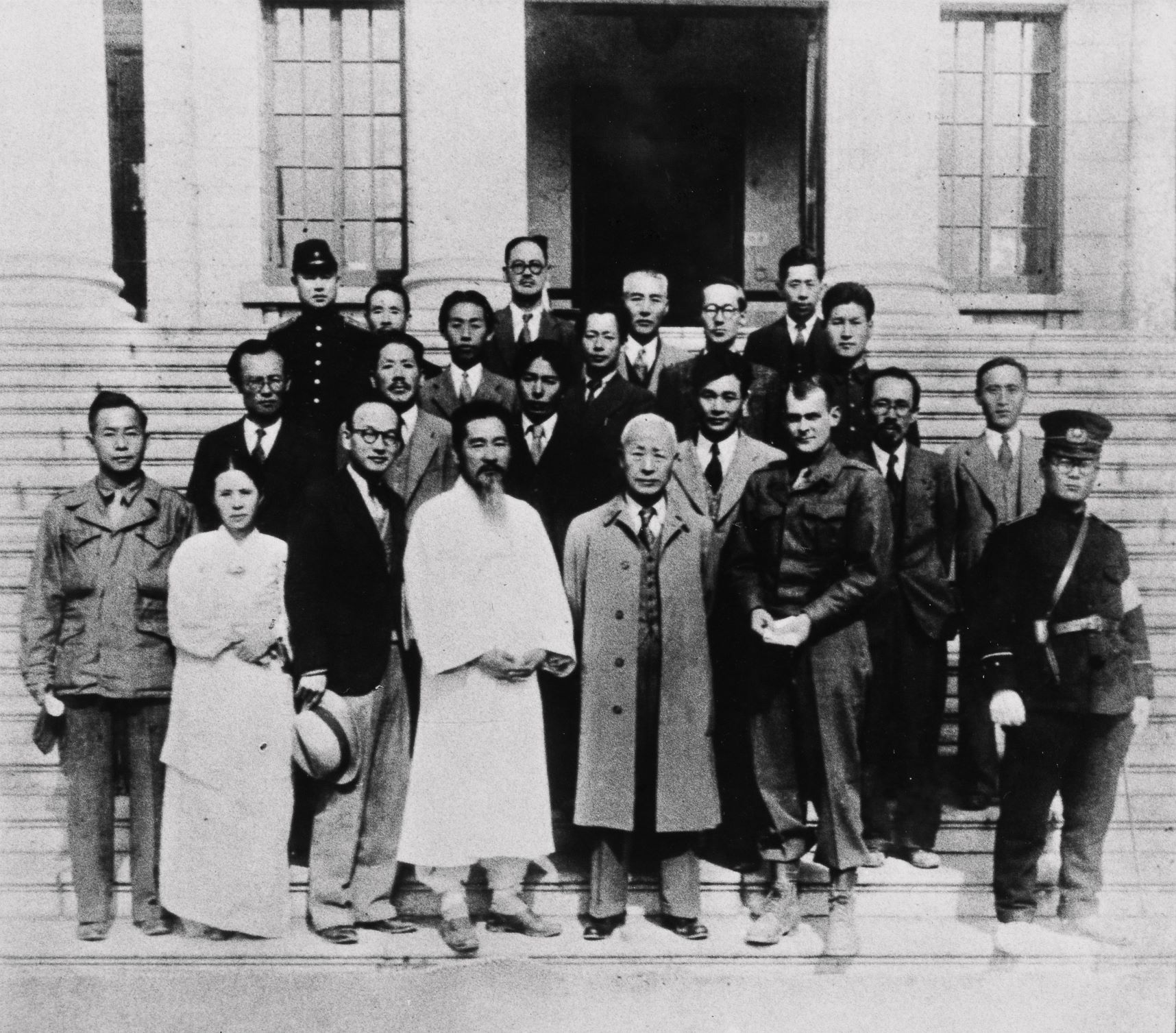
Korean Proletarian Fine Art Federation
* Source: Multilingual Glossary of Korean Art. Korea Arts Management Service
Related
-

Central Committee for the Construction of Korean Culture
A progressive cultural activist organization established on 18 August 1945, under the leadership of Yim Hwa, Lee Taejun, Kim Namchun, and Lee Wonjo. The concern of the Central Committee for the Construction of Korean Culture (Joseon munhwa geonseol jungang hyeopuihoe) was cultural liberation, cultural development, and national reunification after the divisive period of colonialism. The purpose of this association was to build an independent national culture. On 17 September 1945, dissatisfaction with the ambiguous class-based tendencies of the Central Committee for the Construction of Korean Culture (Joseon munhwa geonseol jungang hyeopuihoe) led Han Seol-a, Lee Giyeong, and Yun Gijeong to leave the group and organize the Korean Artist Proletarian Federation. On the 13th of December that same year, the Communist Party of Korea demanded that both the Central Committee for the Construction of Korean Culture (Joseon munhwa geonseol jungang hyeopuihoe) and the Korean Artist Proletarian Federation (Joseon peurolletaria yesul dongmaeng) merge, and the two organizations merged into the Federation of Korean Writers (Joseon munhakga dongmaeng) on 8 February 1946.
-

Korean Art Alliance
An organization created in 1946 in North Korea. as the result of a merger between the socialist Korean Artist Federation (Joseon misulga dongmaeng), the politically moderate Korean Plastic Arts Federation (Joseon johyeong yesul dongmaeng), the Joseon Sculpture Association, and former members of the Korean Art Association (Joseon misul hyeophoe). Together, these associations collaborated to host an Independence Cultural Art Exhibition and founded the Korean Art Alliance (Joseon misul dongmaeng). The Alliance actively conducted enlightenment activities under the doctrine of “Art for Public Awareness” and leftist artists were the primary members. The leadership of the Alliance was comprised of Yoon Hee-soon, Lee Insung, Oh Chiho, and Gil Jinseop. The Alliance’s doctrines included the implementation of democracy, departure from the influences of imperialism, establishment of National Art, and the enlightenment of the populace. The Alliance engaged in raising public awareness about modern art through activities such as street exhibitions, touring exhibitions, and the production of posters and leaflets. The Korean Art Alliance (Joseon misul dongmaeng) was an influential faction within the art community of the 1940s, raising public awareness about art and issuing statements on political events before disbanding in 1948.
-

Korean Art Construction Headquarters
An artist organization established in August 18, 1945 and dissolved November 20, 1945. The founding of the organization was led by Kim Jukyung, Jeong Hyeonung, Gil Jinseop, and Yoon Hee-soon. The organization was one of the five divisions of the Central Committee for the Construction of Korean Culture [Joseon munhwa geonseol jungang hyeobuihoe] which included literature, art, music, film, and theater. The goal of the headquarters was the “new and unified building of Korean art,” and Ko Huidong was designated as the head commissioner. The Headquarters was the largest art organization after independence, comprising a total of 186 artists in six different divisions; Eastern Art, Western Art, Sculpture, Crafts, Children’s Art, and advertisement art. The first activities of the Korean Art Construction Headquarters [Joseon misul geonseol bonbu] after its establishment included the creation of banners, portraits, and national flags for the welcoming parade to celebrate the arrival of Allied Forces. From October 20th to 29th, 1945, the headquarters held the first Art Exhibition for the Celebration of Independence and the Welcoming of the Allied Forces. The exhibition featured 23 works of Eastern-style art, 72 works of Western-style art, and 55 works of sculpture and crafts produced by about 90 artists. After the dissolution of the Headquarters, right-wing members including Ko Huidong established the Korean Art Association [Joseon misul hyeophoe] in 1945.
Find More
-

Liberation period
A time of socio-political upheaval that lasted from independence in 1945 to the inauguration of the Republic of Korea government in August 1948. Numerous art groups formed during this period. The art community was united in its support for the creation of a new modern national art and to escape from the feudal and imperialist hegemony of the Japanese colonial era. Left-wing organizations argued for an ethnically specific art accompanied by a focus on the class struggle following the precedent of socialist realism. In contrast, right-wing organizations had no clearly defined political inclinations, and instead focused on inheriting and modernizing historical art traditions. The two sides were therefore in opposition. Furthermore, even the left-wing organizations failed to achieve any consensus on the establishment of an ethnic art due to various differences in political perspective. The Committee for the Preparation of Korean Independence was the first organization to be nationally active following independence, but internal disputes resulted in the dissolution of the committee after about 20 days. Organizations that were active afterwards included the Korean Art Construction Headquarters (Joseon misul geonseol bonbu), Korean Proletarian Art Federation (Joseon peurolletaria misul dongmaeng), Korean Plastic Arts Federation (Joseon johyeong yesul dongmaeng), Korean Artist Federation (Joseon misulga dongmaeng), and Korean Art Alliance (Joseon misul dongmaeng).
-

Korean Artist Federation
An organization formed in February 1946 under the leadership of Kim Jukyung, Lee Insung, and Oh Chiho, who had recently left the Korean Art Association (Joseon misul hyeophoe). Additionally, numerous members of the Korean Art Alliance (Joseon misul dongmaeng) also joined the organization. The president of the Korean Art Association, Ko Huidong, became a member of the Citizens Emergency Council, a group closely aligned with Rhee Syngman, despite his claims to political neutrality. This drew criticism from the artists of the Korean Artists Association and provided the impetus for the establishment of the Korean Artist Federation (Joseon misulga dongmaeng). The governing body was the Central Executive Committee, which oversaw seven departments: the Painting Department, Art Critique Department, Children’s Art Department, Art Education Department, Performing Arts Department, Sculpture Department, and Crafts Department. The organization followed a five-point doctrine: First, eliminate the remnant influences of the Japanese Empire; second, reject all nationalistic and decadent artistic trends; third, establish a new movement of national art; fourth, form a partnership with the international art community; and fifth, attempt to achieve enlightenment of the general population through art and the education of future artists. The inaugural exhibition was from June 24 to June 31, 1946, at the Hwasin Gallery. In addition to exhibitions, the group also engaged in the production of promotional art, such as posters for the Democratic People’s Front.
-

Korean Plastic Arts Federation
An organization formed in 1946 by numerous established artists. The core membership included Jeong Hyeonung, Gil Jinseop, Kim Kichang, Kim Man-hyeong, Lee Qoede, and Yoon Hee-soon, who left the Korean Art Association (Joseon misul hyeophoe) because of their opposition to the right-wing beliefs of Ko Huidong. The association was the parent organization of the Independent Art Association, Dangu Art Academy, Cheongahoe, Joseon Sculptors Association, and Korean Craftspersons Association (Joseon gongyega hyeophoe). The alliance held exhibitions and published bulletins, but about eight months after its establishment, it merged with the Korean Artist Federation (Joseon misulga dongmaeng) to form the Korean Art Alliance (Joseon misul dongmaeng). The Korean Plastic Arts Federation (Joseon johyeong yesul dongmaeng) was a rare politically moderate organization that accepted many artists in a national art community that was sharply divided along right-wing and left-wing divisions.






